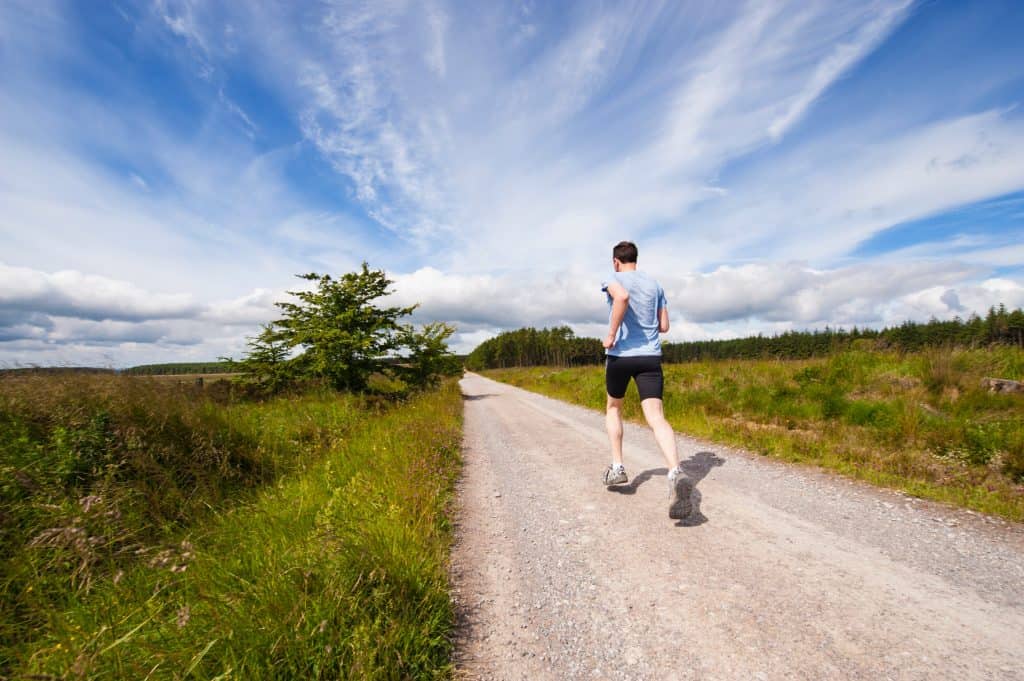Innovation Bayer Consumer Health – An Interview with Seth Tropper

Originally written and published by Ron Kunitsky.
I recently had the pleasure of interviewing Seth Tropper — Innovator @Bayer. Seth is based in Greater New York City and part of an innovation team that is shaping the future of digital health.
1. Who are you, what do you do and what does that mean at Bayer?
I am an entrepreneur and innovator with a passion to solve problems and take on new challenges. Throughout my career I have initiated, launched, and exited several startup ventures; worked for large companies; and have supported new venture efforts for leading academic institutions. I have been a mentor & advisor for early-stage companies and investment funds; and an invited speaker on subjects ranging from entrepreneurship to ‘doing business with the government’.
During my search for ‘what’s next?’, I met with many large and small companies from various industries that are meaningful to me. It was great to see just how innovative and forward thinking so many of these organizations are, and all of the interesting things they are doing. They have lots of desire to innovate and want to be innovative; yet what became clear was that they don’t always know how best to proceed with respect to digital innovation programs.
Having expertise in digital technologies and strategy coupled with a background in digital health and self-care, and after getting to know some of the key stakeholders @ Bayer and learning about their areas of interest along with their needs; I felt that joining Bayer was a great match for me. I joined Bayer Consumer Health to lead digital & device efforts for Global Open Innovation earlier this year. As companies transition to the digital age, there is a tremendous need for assistance and support from digital innovation and strategy to the identification of emerging technologies and products for integration/collaboration. Many of them have won before, but how they will win in the future requires a different approach beyond ‘business as usual’.
2. Previously, you co-founded a company that was acquired by FitBit in 2013. What was the company and what did it do? Why was it meaningful to FitBit?
Sure, the company was Switch2Health (S2H). My business partner and I founded this company following approximately eighteen months researching the issues surrounding the rise of individuals in society who are struggling with being overweight and obese, and the sedentary lifestyles that they lead. We were horrified by the statistics, and while there are several contributing factors, lack of physical activity is clearly a big one- so we began there…
S2H aimed to improve the health and well-being of individuals by integrating products based on patented S2H wearable technology along with 3rd party devices and apps, with a social-based wellness SaaS platform and data analytics to motivate, educate, and reward individuals for engaging in healthy activities. We designed and engineered wearable technology and set up overseas manufacturing; developed the SaaS platform (B2C & B2B), apps, 3rd party API integration; cultivated global distribution channels generating national awareness and media support, and earned several high-profile awards; and launched the solution with key celebrities and major brands.
Over the course of time, we developed significant intellectual property (patents) for which was the basis of interest from Fitbit and others; and which ultimately led to the exit.
3. What do you feel is the single greatest innovation challenge facing the digital health space today?
That’s an easy one. It’s the use of data! What data to collect, and how best to use the data that is already available. During my time in the wearables space, we collected and mined a large amount of data and began to identify very interesting insights and trends. It is only then when you have a greater understanding of an individual and their lifestyle that you can provide them with a significant level of personalization and a more user-centric experience. Every industry can and will benefit by using data to better understand their customer.
The challenge is to effectively monitor, analyze, recommend, and ultimately predict behavior in order to make products and services that will positively impact individuals lives and move toward a healthier society.
4. What is your single greatest career related achievement as it relates to innovation?
I’d have to cite some accomplishments back from when I was @ S2H. I tend to aim high and really want to positively impact and change the world. I was very proud of what we built @ S2H. It was a great feeling going to sleep at night knowing that we were providing individuals with a self-care solution to help avoid health risks and to enable them to lead healthier lives. We had countless communication with individuals, their families, and their caregivers for whom had expressed their sincere gratitude for having such a positive impact on their health and wellbeing. This was one tough challenge- and while the problem of obesity still has ways to go… I’m hopeful that the digital age and new innovations in data science (with the likes of artificial intelligence, machine learning, computer vision, and emotion recognition technology) will provide us with an opportunity to continue to make great strides. I’m looking forward to playing my role in so many of the great things going on here at Bayer Consumer Health. Onward and Upward!